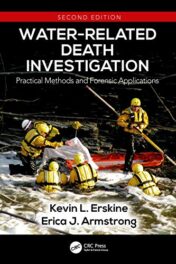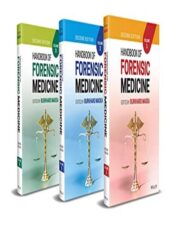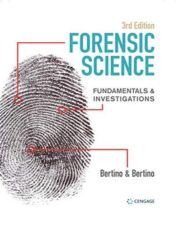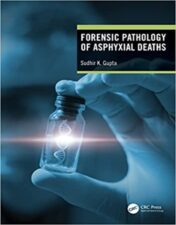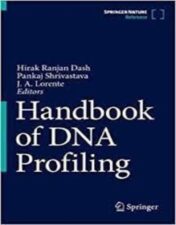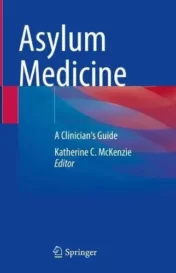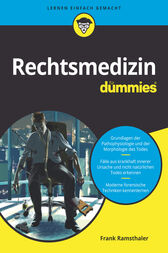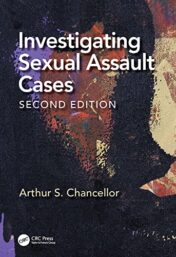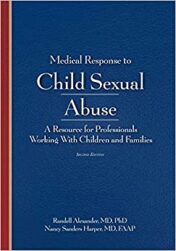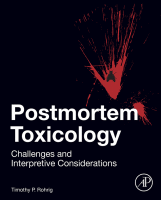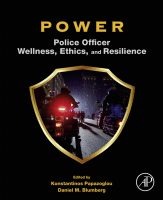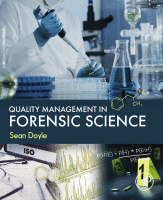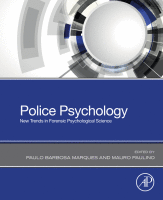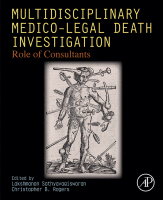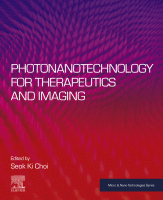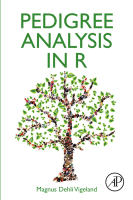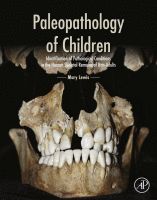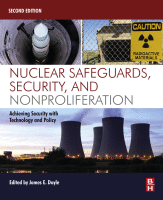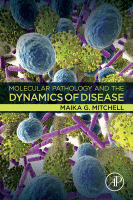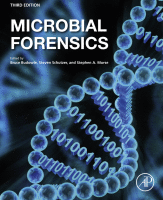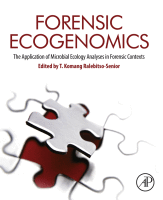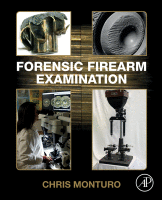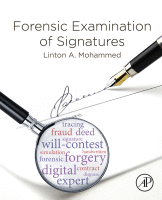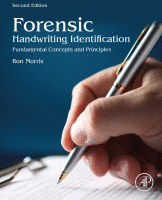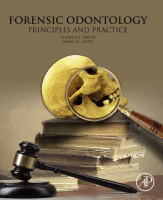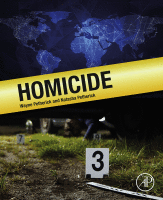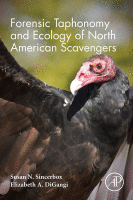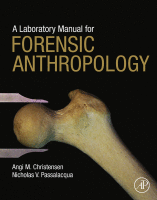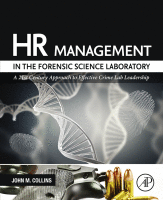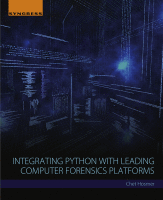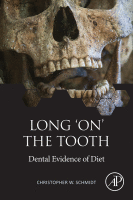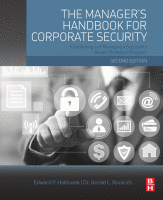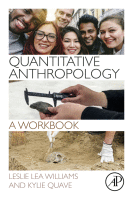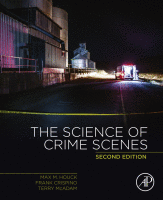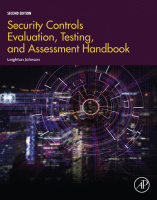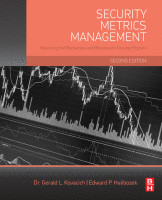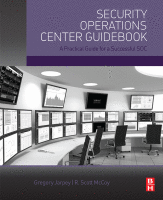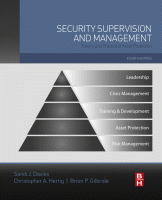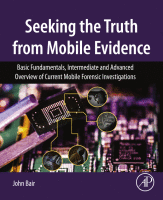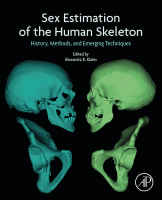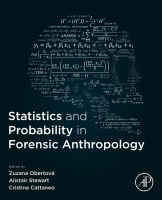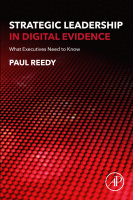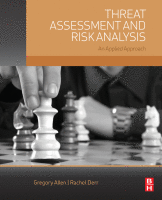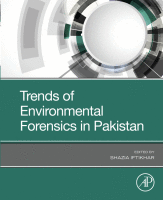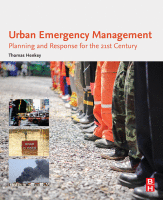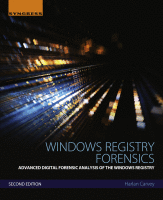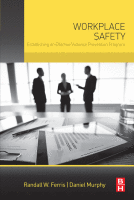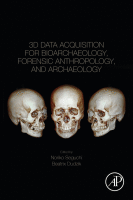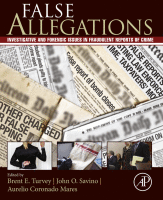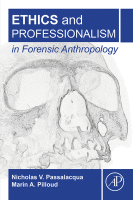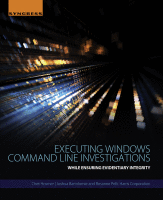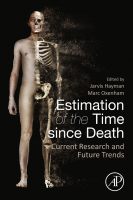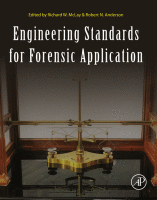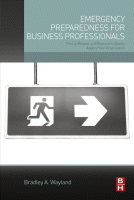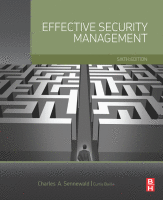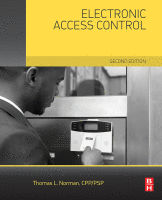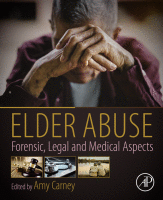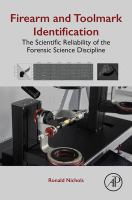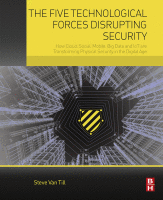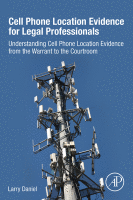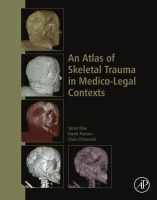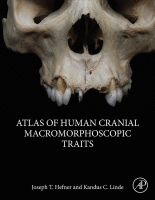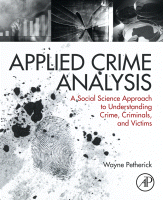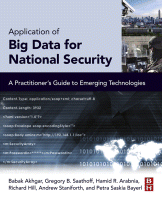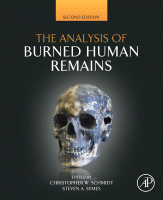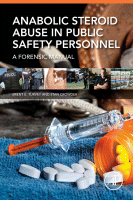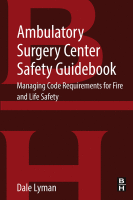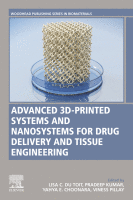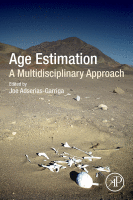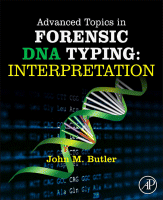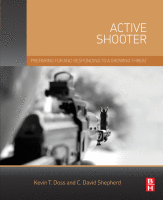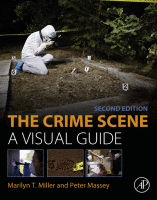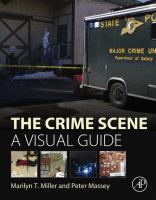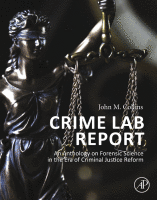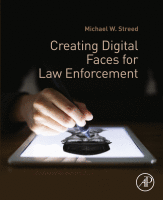Water-Related Death Investigation: Practical Methods and Forensic Applications (Original PDF)
$14
Water-Related Death Investigation: Practical Methods and Forensic Applications (Original PDF)
The importance of an on-scene body assessment cannot be overemphasized. Often, the body evidence begins to change rapidly upon recovery and may not be present during an autopsy. Written statements on the scene are an effective tool to use to determine the accuracy of information given to arriving officers. These statements need to be written by the witnesses themselves as well as the reporting person. The “Show Me” technique can also help reveal discrepancies in a person’s version of what occurred as well as aid in providing the most details to an incident as is humanly possible.
This second edition includes updated information on the latest technology to assist water death investigators. Parabon Snapshot can help determine the faceless identity of skeletal remains and help locate potential suspects using the science of DNA. Drones can aid in locating missing persons as well as human remains, even months after death. Updated information is provided regarding fingerprints from submerged objects, and Carbon-14 can help determine the origin of a found corpse.
Key Features:
- Thoroughly reviews the physiological aspects of drowning
- Reveals the investigative characteristics inherent to various scenes of water-related deaths
- Highlights certain “red flag” indicators that may point to foul play or scene staging
- Outlines autopsy protocols, trial preparation, and expert witness testimony
- Provides numerous case studies and numerous illustrations to further clarify key points presented in the text
Coauthored by a Master Water Death Investigator and an experienced forensic pathologist, Water-Related Death Investigation: Practical Methods and Forensic Applications, Second Edition merges the essentials of evidence collection and field investigation with autopsy best practices and laboratory testing. It will continue to serve as a valuable resource for the various professionals involved in these cases.
Related Products
Forensic Medicine Books
Key Cases in Forensic and Criminological Psychology 2021 Original PDF
Forensic Medicine Books
Forensic Medicine Books
Handbook of Forensic Medicine, 2nd Edition 2022 epub+converted pdf
Forensic Medicine Books
Handbook of Forensic Medicine, 2nd Edition 2022 Original PDF
Forensic Medicine Books
Forensic Science: Fundamentals & Investigations, 3rd Edition 2020 Original PDF
Forensic Medicine Books
Textbook Of Forensic Medicine & Toxicology: Principles & Practice, 6th Edition 2014 Original PDF
Forensic Medicine Books
Forensic Pathology of Asphyxial Deaths 1st Edition 2022 Original pdf
Forensic Medicine Books
Forensic Medicine Books
Forensic Medicine Books
Key Cases in Forensic and Criminological Psychology 2021 EPUB & converted pdf
Forensic Medicine Books
Forensic Medicine Books
Forensic Medicine Books
Forensic Medicine Books
Forensic Medicine Books
Manual Nonfatal Strangulation Assessment (Forensic Learning Series) 2017 Original pdf
Forensic Medicine Books
Forensic Medicine Books
Medical Response to Adult Sexual Assault 2e 2019 Original pdf
Forensic Medicine Books
Postmortem Toxicology Challenges and Interpretive Considerations 2019 Original pdf
Forensic Medicine Books
POWER Police Officer Wellness, Ethics, and Resilience 2020 Original pdf
Forensic Medicine Books
Practical Aviation Security Predicting and Preventing Future Threats 2017 Original pdf
Forensic Medicine Books
Forensic Medicine Books
Preventing Domestic Homicides Lessons Learned from Tragedies 2020 Original pdf
Forensic Medicine Books
Forensic Medicine Books
Forensic Medicine Books
The Psychology and Sociology of Wrongful Convictions Forensic Science Reform 2018 Original pdf
Forensic Medicine Books
Forensic Medicine Books
Police Psychology New Trends in Forensic Psychological Science 2021 Original pdf
Forensic Medicine Books
Multidisciplinary Medico-Legal Death Investigation Role of Consultants 2018 Original pdf
Forensic Medicine Books
Forensic Medicine Books
Forensic Medicine Books
Molecular Pathology and the Dynamics of Disease 2018 Original pdf
Forensic Medicine Books
Forensic Medicine Books
Forensic Medicine Books
Forensic Medicine Books
Forensic Medicine Books
Forensic Handwriting Identification Fundamental Concepts and Principles 2020 Original pdf
Forensic Medicine Books
Forensic Odontology Principles and Practice 2018 Original pdf
Forensic Medicine Books
Forensic Medicine Books
Forensic Taphonomy and Ecology of North American Scavengers 2018 Original pdf
Forensic Medicine Books
A Laboratory Manual for Forensic Anthropology 2018 Original pdf
Forensic Medicine Books
Integrating Python with Leading Computer Forensics Platforms 2017 Original pdf
Forensic Medicine Books
Long ‘on’ the Tooth Dental Evidence of Diet 2020 Original pdf
Forensic Medicine Books
Forensic Medicine Books
Forensic Medicine Books
Security Controls Evaluation, Testing, and Assessment Handbook 2019 Original pdf
Forensic Medicine Books
Security Operations Center Guidebook A Practical Guide for a Successful SOC 2017 Original pdf
Forensic Medicine Books
Forensic Medicine Books
Security Supervision and Management Theory and Practice of Asset Protection 2015 Original pdf
Forensic Medicine Books
Sex Estimation of the Human Skeleton History, Methods, and Emerging Techniques 2020 Original pdf
Forensic Medicine Books
Forensic Medicine Books
Forensic Medicine Books
Statistics and Probability in Forensic Anthropology 2020 Original pdf
Forensic Medicine Books
Strategic Leadership in Digital Evidence What Executives Need to Know 2020 Original pdf
Forensic Medicine Books
Threat Assessment and Risk Analysis An Applied Approach 2016 Original pdf
Forensic Medicine Books
Trends of Environmental Forensics in Pakistan 2019 Original pdf
Forensic Medicine Books
Urban Emergency Management Planning and Response for the 21st Century 2018 Original pdf
Forensic Medicine Books
Forensic Medicine Books
Workplace Safety Establishing an Effective Violence Prevention Program 2016 Original pdf
Forensic Medicine Books
Forensic Medicine Books
3D Data Acquisition for Bioarchaeology, Forensic Anthropology, and Archaeology 2019 Original pdf
Forensic Medicine Books
False Allegations Investigative and Forensic Issues in Fraudulent Reports 2018 Original pdf
Forensic Medicine Books
Ethics and Professionalism in Forensic Anthropology 2018 Original pdf
Forensic Medicine Books
Executing Windows Command Line Investigations While Ensuring Evidentiary Integrity 2016 Original pdf
Forensic Medicine Books
Estimation of the Time since Death Current Research and Future Trends 2020 Original pdf
Forensic Medicine Books
Engineering Standards for Forensic Application 2018 Original pdf
Forensic Medicine Books
Forensic Medicine Books
Forensic Medicine Books
Elder Abuse Forensic, Legal and Medical Aspects 2019 Original pdf
Forensic Medicine Books
Becoming a Global Chief Security Executive Officer 2018 Original pdf
Forensic Medicine Books
An Atlas of Skeletal Trauma in Medico-Legal Contexts 2018 Original pdf
Forensic Medicine Books
Atlas of Human Cranial Macromorphoscopic Traits 2018 Original pdf
Forensic Medicine Books
Forensic Medicine Books
Anabolic Steroid Abuse in Public Safety Personnel A Forensic Manual 2015 Original pdf
Forensic Medicine Books
Age Estimation A Multidisciplinary Approach 2019 Original pdf
Forensic Medicine Books
Advanced Topics in Forensic DNA Typing: Interpretation 2015 Original pdf
Forensic Medicine Books
Active Shooter Preparing for and Responding to a Growing Threat 2015 Original pdf
Forensic Medicine Books
Forensic Medicine Books
Forensic Medicine Books
Crime Scene Investigation Laboratory Manual 2018 Original pdf
Forensic Medicine Books
Forensic Medicine Books
Forensic Medicine Books
Creating Digital Faces for Law Enforcement 2017 Original pdf

